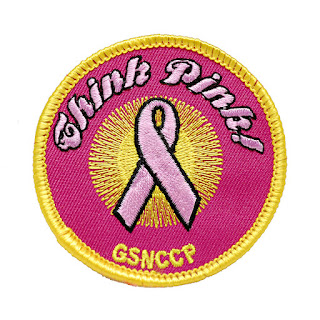 |
| Found a new-to-us creek access (and soooo many snakes) on the kid's college break! |
 The Water Will Come: Rising Seas, Sinking Cities, and the Remaking of the Civilized World by Jeff Goodell
The Water Will Come: Rising Seas, Sinking Cities, and the Remaking of the Civilized World by Jeff Goodell
My rating: 4 of 5 stars
I actually read The Heat Will Kill You First: Life and Death on a Scorched Planet first, and loved it so much that I immediately checked out another of Goodell’s books-and two weeks later, I’m reviewing this one, too!
I don’t love this book, at least not for its writing style. In The Heat Will Kill You First, I feel like Goodell really cracked the pattern of vivid anecdote followed by elucidating science. The anecdotes WERE very vivid, which drew me into the science, which gave me the information, and then off I went to the next chapter. This book still has the science, but the anecdotes are a little less vivid and less interesting, or maybe I’m just less interested and don’t feel as much of a call to action reading about real estate as I was reading about migrant laborers dying in the fields. I don’t really feel sorry for the people who live on a narrow spit of land in Florida and want their shitty gravel road maintained AND I don’t feel sorry for the county government that has to spend all the county’s money yearly rebuilding a road that serves a whopping twenty people.
Okay, I feel a little sorry for the county that raised its roads and got sued, anyway...
Other times, though, the real estate anecdotes worked. I’ve been interested in the Marshall Islands since my older kid studied it in AP Human Geography. My entrypoint was how cool stick maps are (I’ve since seen a real Marshall Islands stick map in a museum, and it’s just as cool in person!), and that same class also covered how the islands are being affected by global warming, but not in the vivid, anecdotal detail here. Goodell also showed me another unexpected point of connection to the Marshall Islands: many of the people there are leaving for my home state of Arkansas, of all places! I don’t love that for them, since they’re apparently mostly working at the chicken plant there. Fun fact: my high school chemistry teacher would threaten us with future employment at the chicken plant if we weren’t studying hard enough. The chicken plant is the WORST work, and I don’t wish that on anyone, much less people forced to leave paradise due in quite a large part to America’s actions.
 |
| On the trail down to the new-to-us creek access, we also found a lovely spot for a portrait! |
This would have been a great book to read with my teenager when she was studying AP Environmental Science and AP Human Geography, and it’s also interesting to read it in today’s political landscape, when I can see connections between climate change and the COVID pandemic, Israel’s attempted genocide of the Palestinians, and Russia’s war on the Ukraine. Mostly, though, it makes me want to take a trip to Miami Beach. I’ve never been there, and it doesn’t seem like IT’s going to be there for very much longer, either…
View all my reviews
P.S. Want to follow along with my craft projects, books I'm reading, dog-walking mishaps, encounters with Chainsaw Helicopters, and other various adventures on the daily? Find me on my Craft Knife Facebook page!
.jpg)

.jpg)
.jpg)
.jpg)
.jpg)


















































